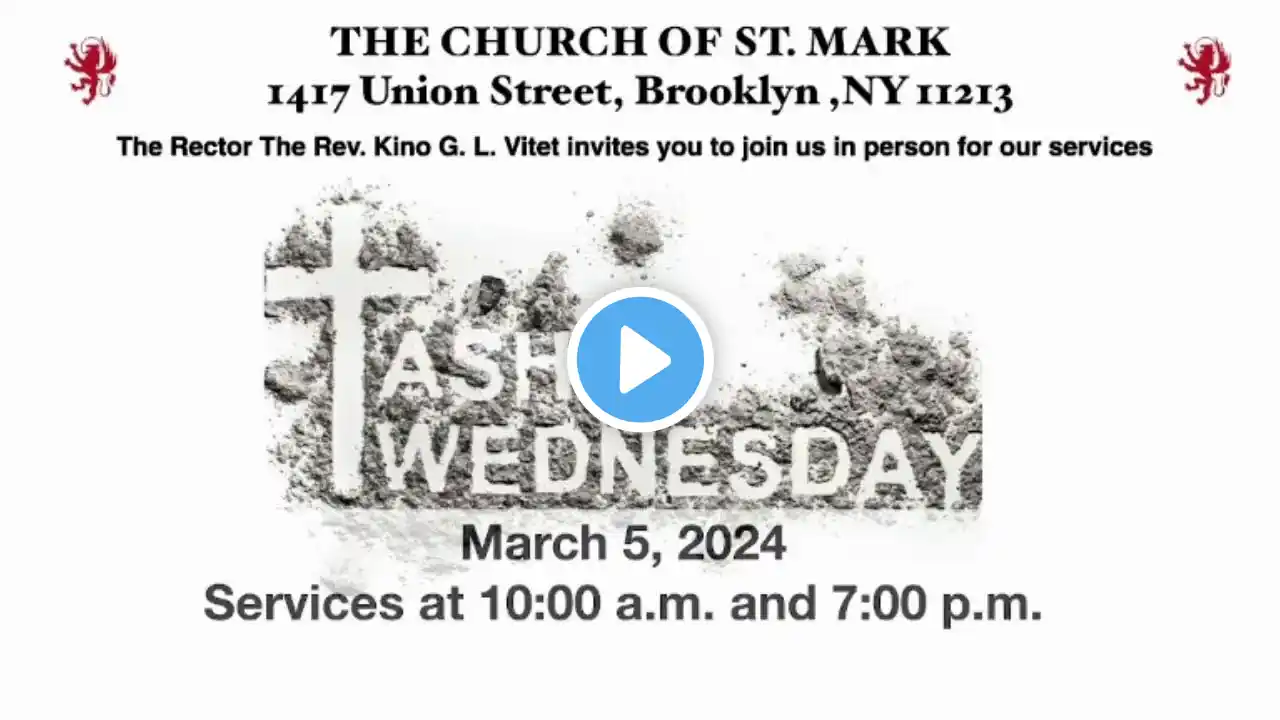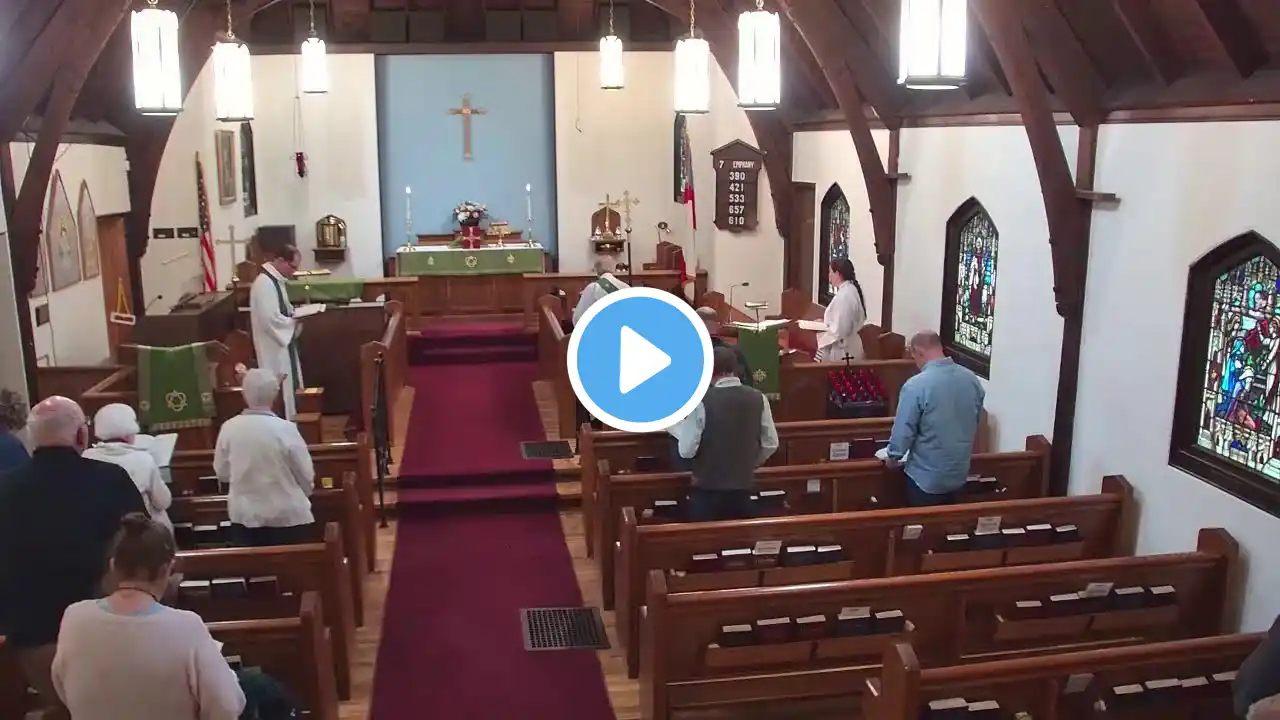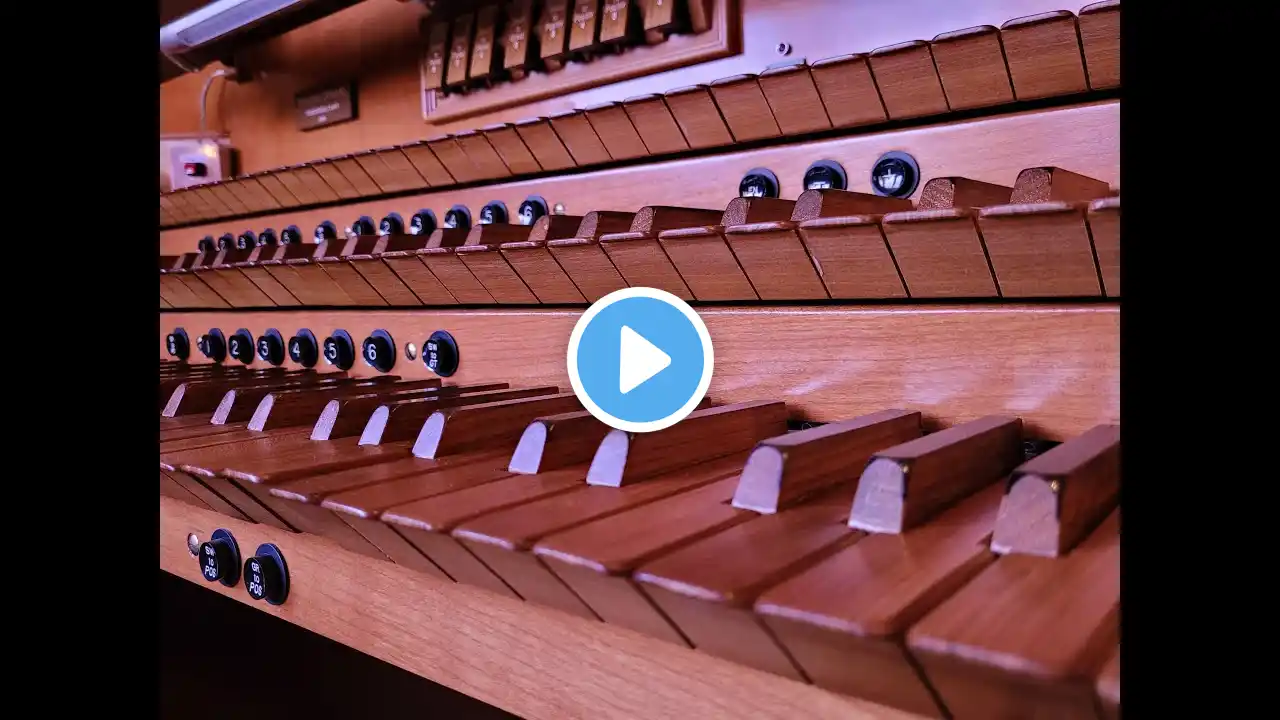
The Holy Eucharist: Rite II on The Seventh Sunday after the Epiphany, February 23, 2025 at 11 a.m.
The Holy Eucharist: Rite II on The Seventh Sunday after the Epiphany, February 23, 2025 at 11 a.m., at Calvary Episcopal Church, Pittsburgh, Pennsylvania. The Rev. Cameron J. Soulis, Senior Associate Rector, was the preacher. Assisting: The Rev. Jonathon W. Jensen, Rector, The Rev. Geoffrey S. Royce, Deacon, Alan Lewis, Organist. Musical Notes: In their different generations, Charles Villiers Stanford (1852-1924) and Herbert Howells (1892-1983) pursued careers that were strikingly parallel. Stanford, already appointed to a position at Cambridge in his twenties, and soon anointed the University’s sole Professor of Music, was a huge presence in Victorian and Edwardian music: as a conductor, teacher, and composer, he dominated the landscape, even though he never quite achieved the compositional renown of his somewhat younger contemporary, Edward Elgar. In 1882, Stanford was chosen as the first director of the new Royal College of Music, leading it from its founding until his death four decades later. Howells was a student there, and joined the faculty soon after graduating, remaining for nearly six decades. Both composers are chiefly remembered today for their contributions to the Church’s music, principally through choral music on sacred texts, but also through a number of organ-works apiece. Howells composed two tryptichs of “Psalm Preludes,” a genre in which a particualar Psalm-verse is cited as the extra-musical inspiration for the piece. (In the one heard as the Prelude this morning, from his First Set of Psalm Preludes, the inspiration in question comes from today’s Gradual Psalm.) The Postlude (based a tune we sing at Communion today) comes from one of several sets of short organ pieces Stanford published in the first decade of the twentieth century; it is one of several works based on hymn-tunes by Orlando Gibbons. The Offertory Anthem comes from music Howells composed in the mid 1940s for King’s College, Cambridge, a set of pieces that effectively marked a shift back toward Church music from the exploration of more secular forms. And the Communion motet is a retexting of Stanford’s much-loved part-song, The Bluebird, which turns out to lend itself with remarkable ease to the Latin hymn O nata lux. Visit our website at http://www.calvarypgh.org Download the bulletin for this service at https://www.calvarypgh.org/bulletins-... Visit our YouTube page where you will find an archive of our services, sermons, and classes at / @calvaryepiscopalchurchpitt207








